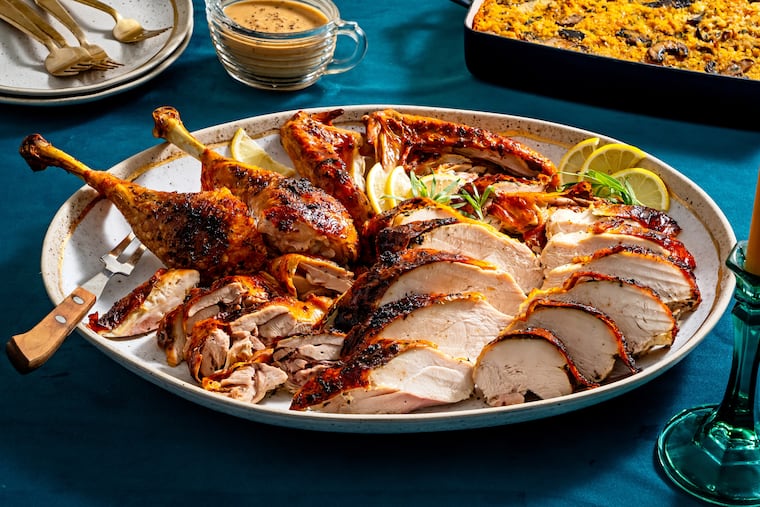Salmonella is common on turkey farms, but it doesn’t need to ruin Thanksgiving
Don't let salmonella be an uninvited guest at your Thanksgiving dinner. Here's what you can do to avoid illness.

Don't let salmonella be an uninvited guest at your Thanksgiving dinner. Here's what you can do to avoid illness.
